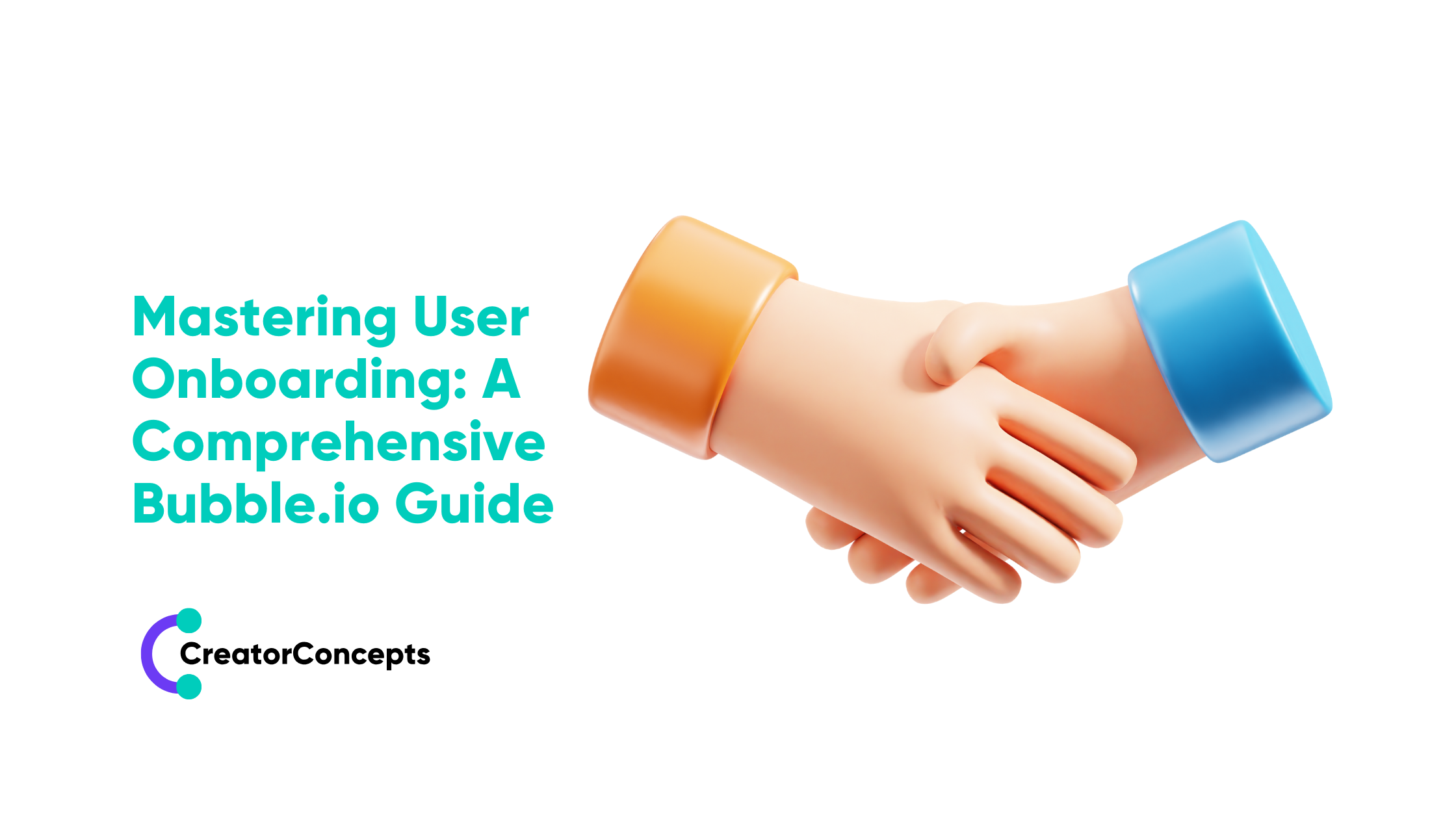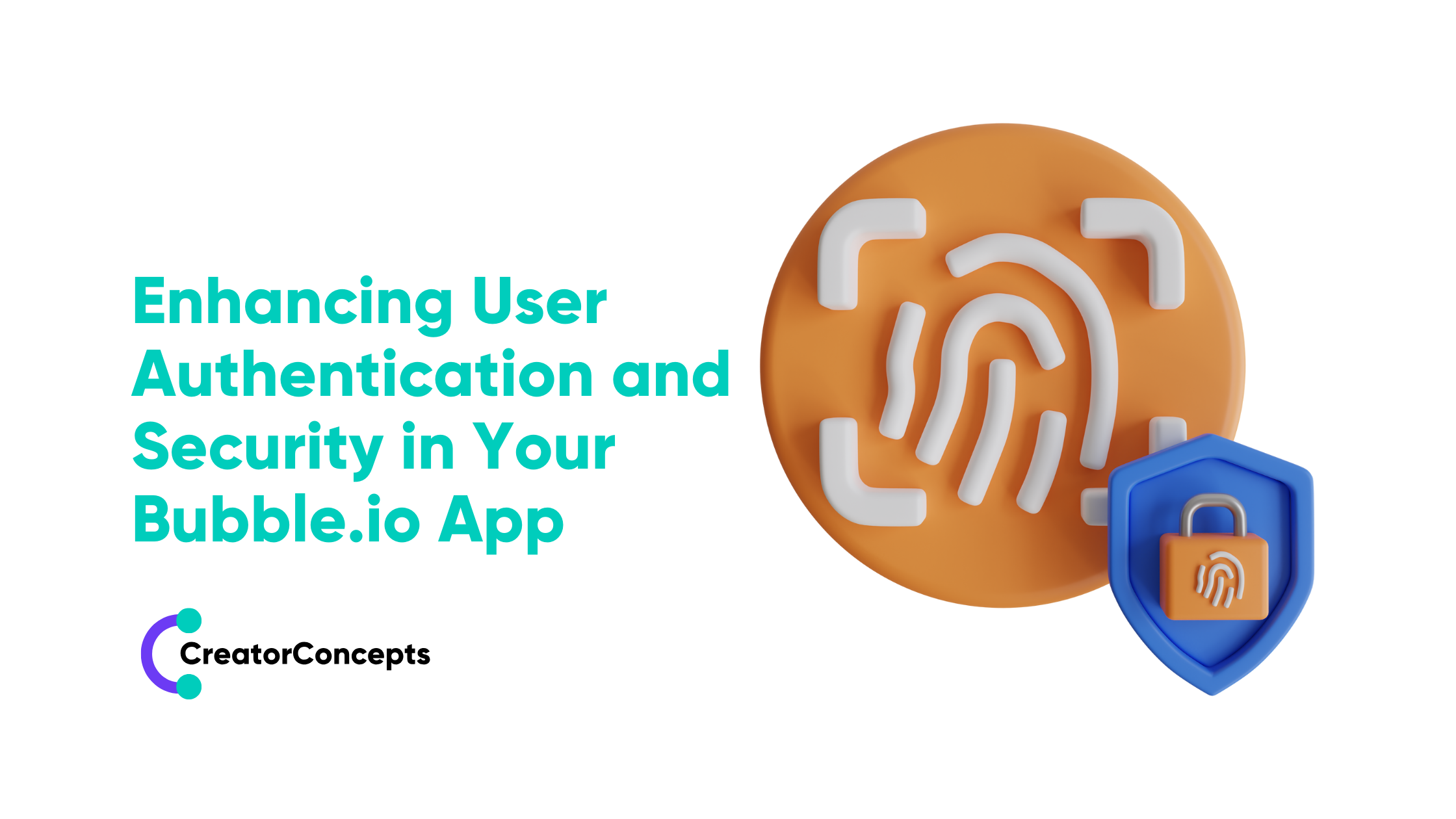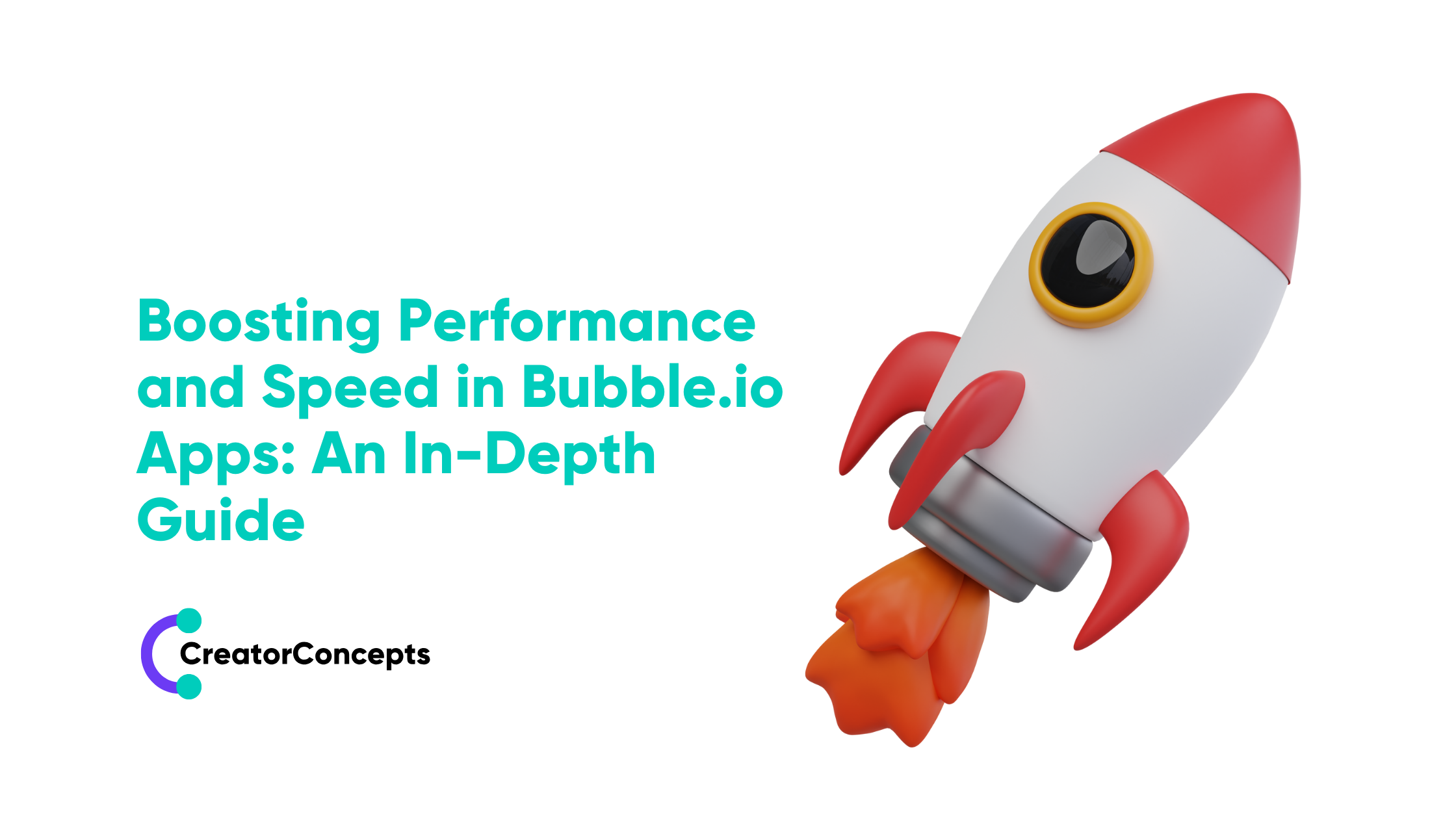Mastering Conditional Logic in Bubble.io: A Hands-On Guide to Streamline Workflows
Bubble.io has emerged as a leading no-code development platform, empowering creators to bring high-quality web and mobile applications to life without writing a single line of code. As experts in Bubble.io, we have witnessed how its diverse features and capabilities have enabled developers to foster innovative solutions that can compete in the rapidly evolving digital ecosystem.
One such powerful feature in Bubble.io is the ability to implement conditional logic that can significantly enhance your app's functionality and create more intelligent, dynamic interactions. Whether you're refining user interfaces or optimising workflows, conditional logic plays a vital role in creating an app that is responsive and adaptive to user input or predefined conditions. To help you unlock its full potential, we have prepared a comprehensive guide to mastering conditional logic within your Bubble.io applications.
Following this informative guide will enable you to harness the power of conditional logic in Bubble.io, optimising your app's functionality for better user experiences. Whether you are developing a multi-feature app or looking to add a layer of finesse to a simple application, conditional logic can play an integral role in streamlining your Bubble.io app's workflows, elevating the adaptiveness and interactivity of your app components while offering a highly customised user experience.
Are you eager to dive deeper into conditional logic and unlock its full potential within your Bubble.io applications? Let's embark on this exciting learning journey together and elevate your app building skills to new heights!
Understanding Conditional Logic – Building a Solid Foundation
Before diving into the practical implementation of conditional logic in Bubble.io, it's essential to establish a basic understanding of what conditional logic is and how it functions.
Conditional logic, often called "if-then" logic, evaluates a condition or statement to determine whether it is true or false. If the condition is true, a particular action or result follows, and if false, an alternative action or outcome is implemented. Within Bubble.io, conditional logic enables the creation of dynamic workflows, adaptive UI designs, and more intelligent app behaviours.
Conditional Statements in Workflows – Enhancing Efficiency
In Bubble.io, incorporating conditional statements within workflows can significantly improve your app's efficiency, responsiveness, and user experience. To harness the power of conditional logic in your app's workflows, consider the following insights:
1. Implementing Conditional Logic
Select the relevant action you want to add a condition to and under the 'Only when' field, create the conditional statement that must be true for the action to occur. For instance, if you only want users with admin roles to access a specific page within your app, you could create a condition stating, "Current user's role is 'Admin'."
2. User Input Validation
Conditional logic can also be used to validate user input in forms or other input fields. For example, you can create conditional statements that only allow form submission if specific conditions are met, such as the user providing a valid email address and password.
Dynamic UI Elements – Real-Time Adaptability
Conditional logic can also be applied to modify user interface elements, enabling them to adapt their properties based on user input or other conditions. Here's how you can employ conditional logic to create more interactive, dynamic UI elements:
1. Conditional Element Visibility
You can use conditional logic to control an element's visibility depending on specific conditions. For instance, you could display a particular message after a user successfully submits a form or show a 'Load more' button only when the content exceeds a predefined limit.
2. Styling UI Components
Conditional logic can dynamically change an element's style—such as colour, font size, or border—based on user interaction or other conditions. For example, you may want to highlight elements on hover or change the colour of a button when an input field is empty.
3. Reactive Content Display
With conditional logic, app content can be modified reactively based on input or conditions. For instance, you could create a search feature that displays search results relevant to the user's input in real-time.
Advanced Conditional Scenarios – Complex Applications
While simple conditional logic cases are helpful in many situations, there are instances where more complex scenarios arise. Tackle these challenges by exploring the following advanced use cases:
1. Nested Conditions
Nested conditions are conditions within other conditions. If you need to apply multiple layers of conditional logic to a single action or element, nested conditions can be the solution. In Bubble.io, you can achieve this by using the 'and' or 'or' operators to build compound conditions. For example, you could create a condition stating, "Current user's role is 'Admin' and Current user's status is 'Active'."
2. Optimising Complex Conditions
When dealing with complex conditional scenarios, it's essential to maintain efficiency in your app. Instead of creating multiple actions or workflows with similar conditions, combine them using logical operators and group elements within Bubble.io to streamline the process.
Performance Optimisation – Best Practices
To ensure that your application of conditional logic enhances rather than hinders your app's performance, adhere to the following best practices:
1. Avoid Duplication
Eliminate redundant conditional statements, and opt for more concise expressions when possible. Duplication can slow down your app and make it more challenging to maintain.
2. Use Reusable Elements
Utilise reusable elements to create a single point of reference for common UI components, reducing the need for repetitive conditional logic applied to each instance.
3. Optimise Workflows
Review your app's workflows regularly, examining potential improvements in conditional logic that can streamline processes and improve response times.
Conclusion
Mastering conditional logic in your Bubble.io applications opens up numerous possibilities for creating sophisticated, dynamic interactions, optimising workflows, and improving user experiences. By understanding the basics, employing conditional statements in workflows, manipulating UI elements, tackling advanced scenarios, and observing best practices, you can fully harness the power of conditional logic in your no-code app development.
Whether you're a novice Bubble.io user or an experienced developer, conditional logic is a vital skill to have under your belt. If you require further assistance or guidance in implementing conditional logic within your Bubble.io applications, don't hesitate to reach out to CreatorConcepts Limited’s expert team. We are committed to helping you craft exceptional Bubble.io applications that engage users and deliver outstanding digital experiences.
 By
By


